Rural cities must leverage assets, invest in amenities to reverse population losses
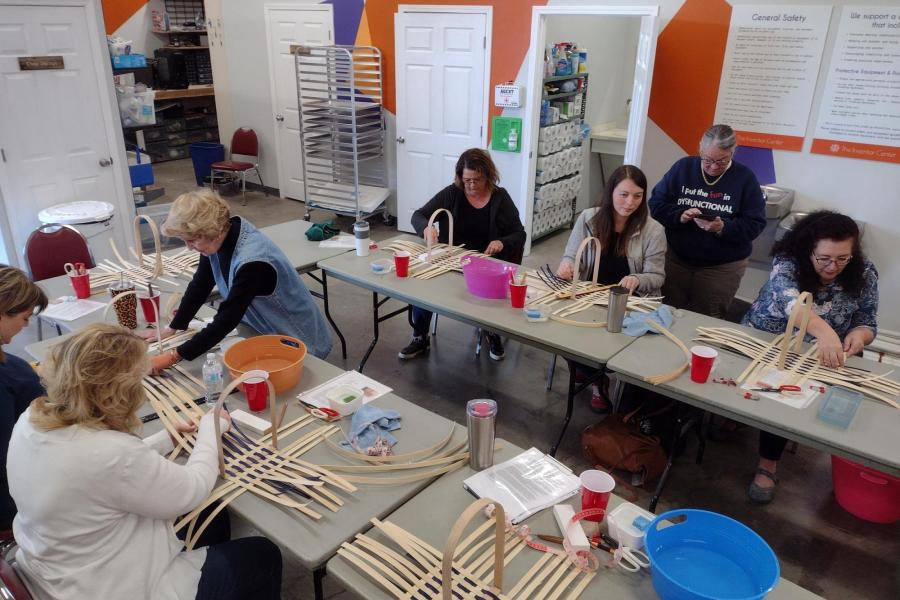
By KATE COIL
TT&C Assistant Editor
As populations return to urban centers after the pandemic, many rural communities are looking to bridge gaps in technology, healthcare availability, food access, and economic development to better situate themselves for the future.
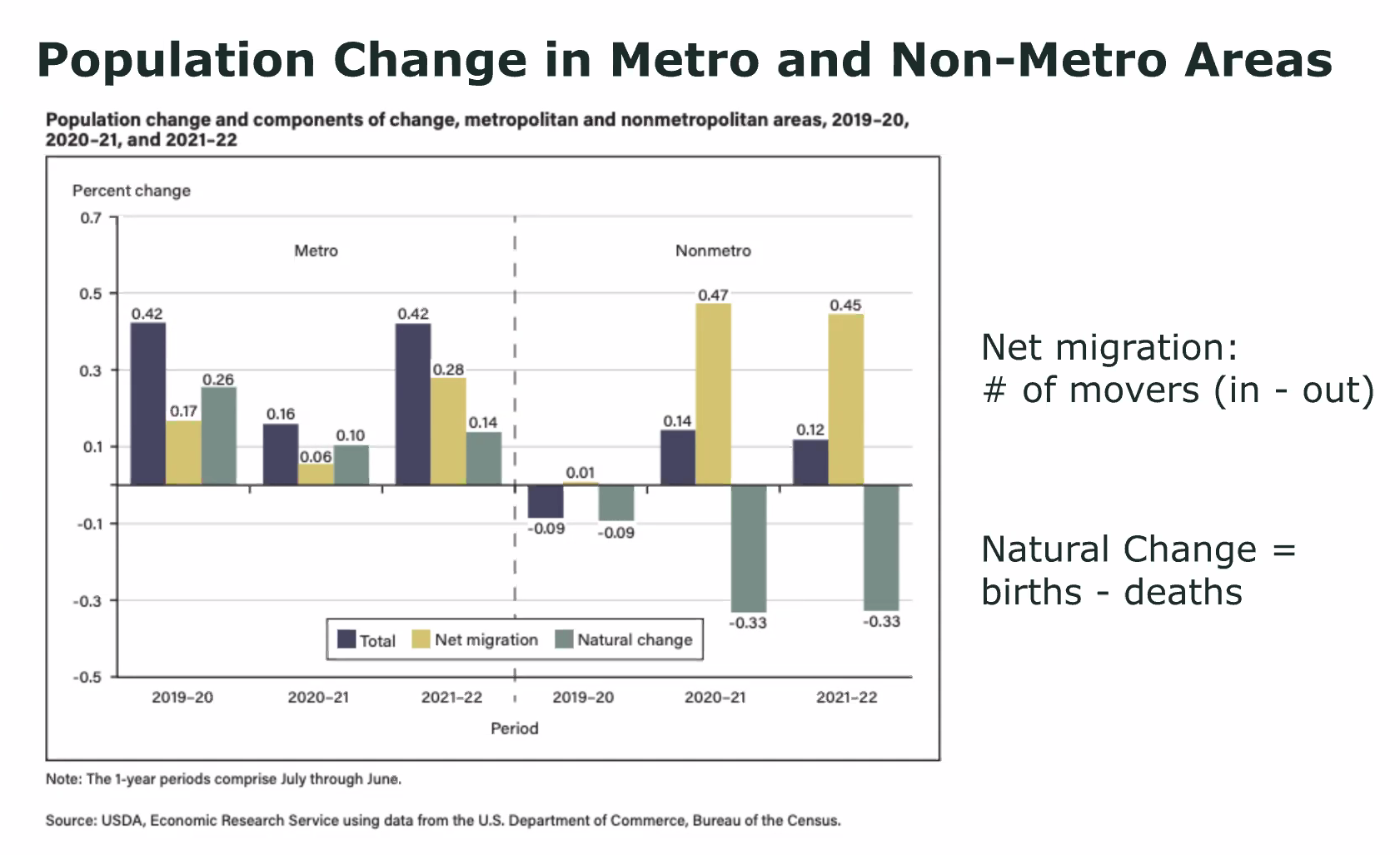
Community-engagement platform Polco presented a webinar, “Proven Methods for Governments to Bridge the Urban-Rural Divide” to discuss how rural communities can leverage their assets to address what gaps they have. Polco’s Vice President of Data Science Tobin McKearin said growth of both population and economy has long trended upward in urban areas and downward in rural ones, an outcome of how the economy has changed due to industrialization.
“In a time in the not-so-distant past, this wasn’t the case,” he said. “In a time when textiles and manufacturing were here in the U.S., rural communities had a lot of economic power. With advances in technology and mechanization, we’ve seen a shift as we have replaced human labor with cognitive thinking, brain replacing brawn. This new economy has really benefited urban economies where people are seeking jobs, options of entertainment, and different ways of going about their lives. The rural has not seen those positive gains.”
There was a time during the pandemic when migration to rural communities equaled and outpaced urban communities, but many of those migrants began to return to urban areas as the pandemic waned, brought back by better broadband, access to healthcare, more economic opportunities, and community livability.
“The pandemic has really exacerbated these differences between urban and rural,” McKearin said. “Many of these negative hits on education, economy, and broadband have really been felt by rural communities. Health, wellness, and inclusivity have also seen a disproportionate impact, though we have seen this change as folks move into rural communities.”
URBAN VS. RURAL
As defined by Polco, urban areas include all areas with populations of 50,000 or higher or counties that have 25% of their workforce coming in from out of their city limits. Based on data gathered from the National Community Survey, Government Performance Action and Learning (GPAL) partnership, and other publicly available data sets, Polco officials found what community livability domains are more widely associated with urban and rural areas.
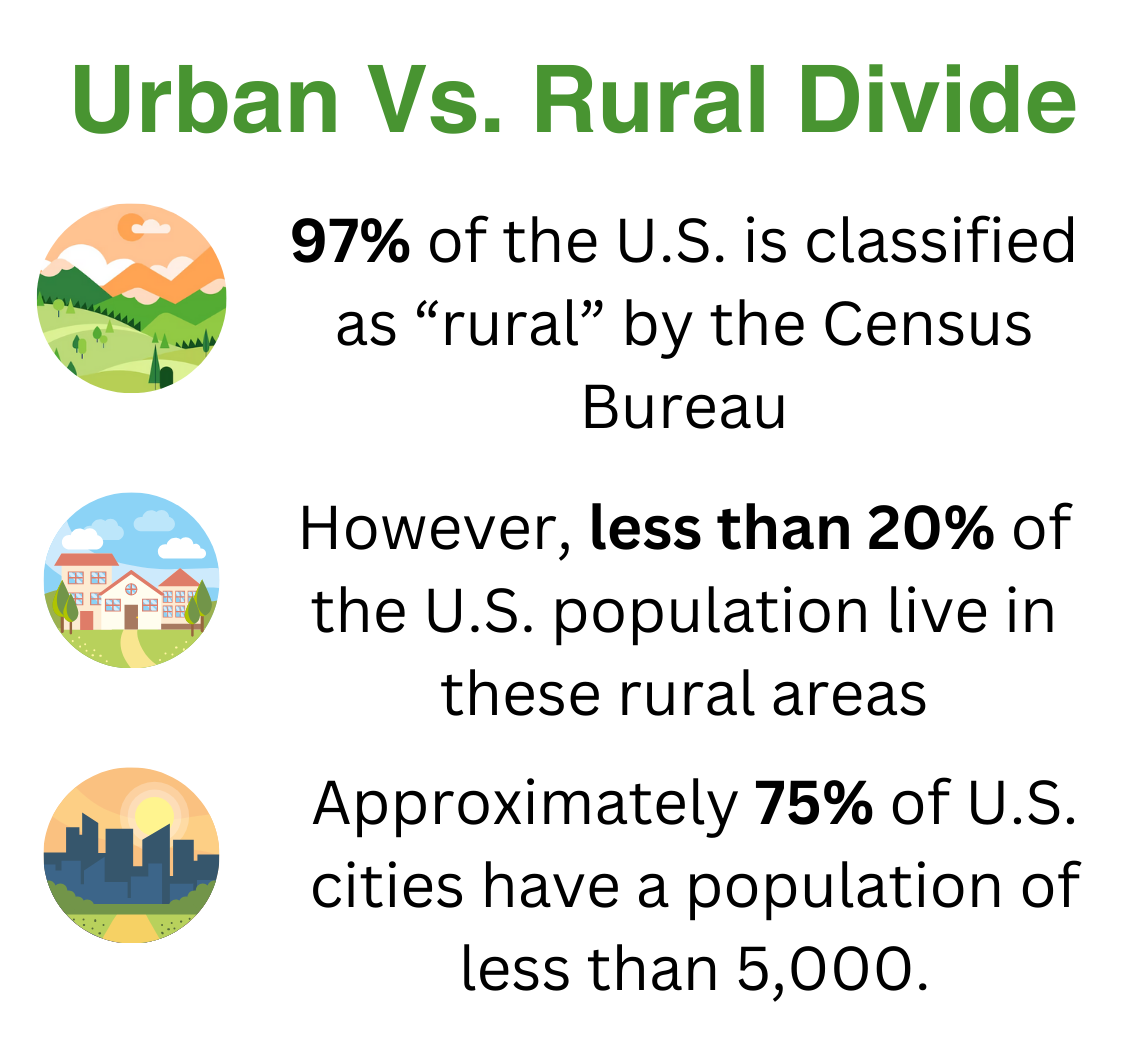
Urban strengthens revealed by the data include:
- Health – Urban areas tend to have more availability, quality, and opportunities for fitness, food access, and medical care.
- Economy – These areas tend to have more shopping and entertainment opportunities, higher median incomes, more job availability and opportunities, better rates of higher education attainment, and better access to tools for business growth and entrepreneurship.
- Land Use/Infrastructure - Urban areas tend to be more walkable, provide more housing options, have more transit and transportation options, and better access to and more infrastructure to utilities like high-speed internet.
- Inclusivity – Urban areas tend to attract more diverse populations, better ratios of white to non-white residents, and better poverty ratios.
Meanwhile, rural strengths unveiled by data:
- Safety – Rural residents report a more overall feeling of safety, both from property and violent crime.
- Affordability – Rural housing costs are less, have fairer market rents, and more affordable median home values.
- Environment – Rural areas have better air quality, water resources, and less natural hazards.
- Transportation – While urban areas may have more transportation options, rural residents reported having better traffic flow and volumes.
- Civic Engagement – Rural citizens are more likely to have attended a local government meeting, volunteered locally, or campaigned, advocated for or contacted a local official.
McKearin noted urban areas rank better on the availability of housing and different housing types, rural areas rank higher in terms of housing affordability.
“It is interesting here to talk about the urban domain does better in the economy domain but rural does better in the affordability domain,” he said. “Wages are higher in urban areas, but housing costs more in urban areas. The higher wages typically don’t come up to meet what those housing needs are. That is why the urban area does better in terms of economy. For affordability, the rent and home values overall are typically better in rural areas.”
While rural areas have more in their favor when it comes to livability, some of the gaps in service in rural areas have directly contributed to why their populations and economies are declining
Kobayashi particularly noted are how gaps in economic growth, broadband access, educational attainment and availability, health and wellness, and inclusivity are among the reasons Americans are choosing to live in urban areas.
BRIDGING ECONOMIC GAPS
Polco Principal Research Strategist Michelle Kobayashi said there are numerous strategies that rural communities can employ to bridge gaps, particularly pertaining to economic development, tourism, collaboration, and improving livability.
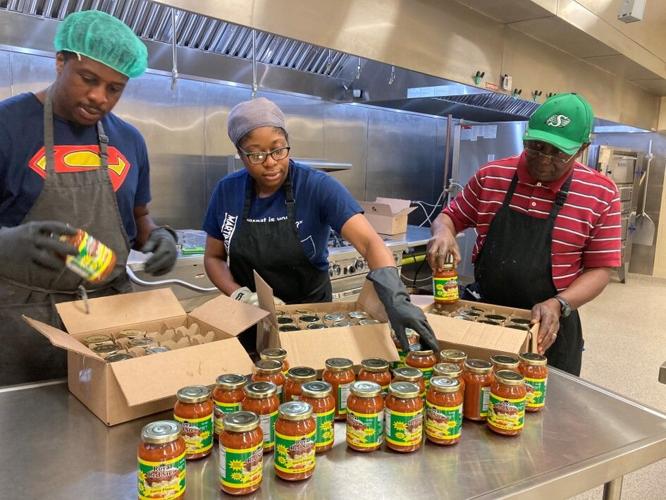
Rural leaders can promote and support niche industries, rural entrepreneurship, microbusinesses, and maker spaces to better grow their local economies and provide unique, new business opportunities for residents. Kobayashi said NLC has an entire guide on how small cities can support maker economies, which can in turn grow local businesses and even make cities a tourist attraction for people who come specifically to purchase those locally-made goods.
“A lot of people who have a great idea for a new company often move to an urban area,” Kobayashi said. “They think that they will have more support, more mentorship opportunities, and more residents to purchase whatever they are providing. What we found is that rural communities can do a great job of supporting these folks who are trying to start a business. It’s actually more affordable to start in rural communities. We are also seeing more of a focus on maker economies where there is more focus on people who make things. That could be someone who has a store on Etsy or someone doing light manufacturing.”
Smaller businesses and makerspaces can also help fill up vacant spaces in downtowns as well as attract more people to those areas, especially those visitors and shoppers who enjoy purchasing things they just so manufactured.
Agriculture can also provide important opportunities for rural communities, especially as niche, and organic, farm-to-table products become popular, helping re-envision the traditional family farm.
“We know that we are losing about 3,000 acres every day of family land,” Kobayashi said. “Farmers who are trying to stay in business are changing and adapting what they do. What we are finding is an uprising in niche or specialty products, such as growing honey, lavender, goat cheese, and wineries. Farmers are trying to find new ways to produce products that don’t create a large volume but can sell at higher prices, especially because of trends toward natural food sources, protecting the environment, and all the people who are foodies.”
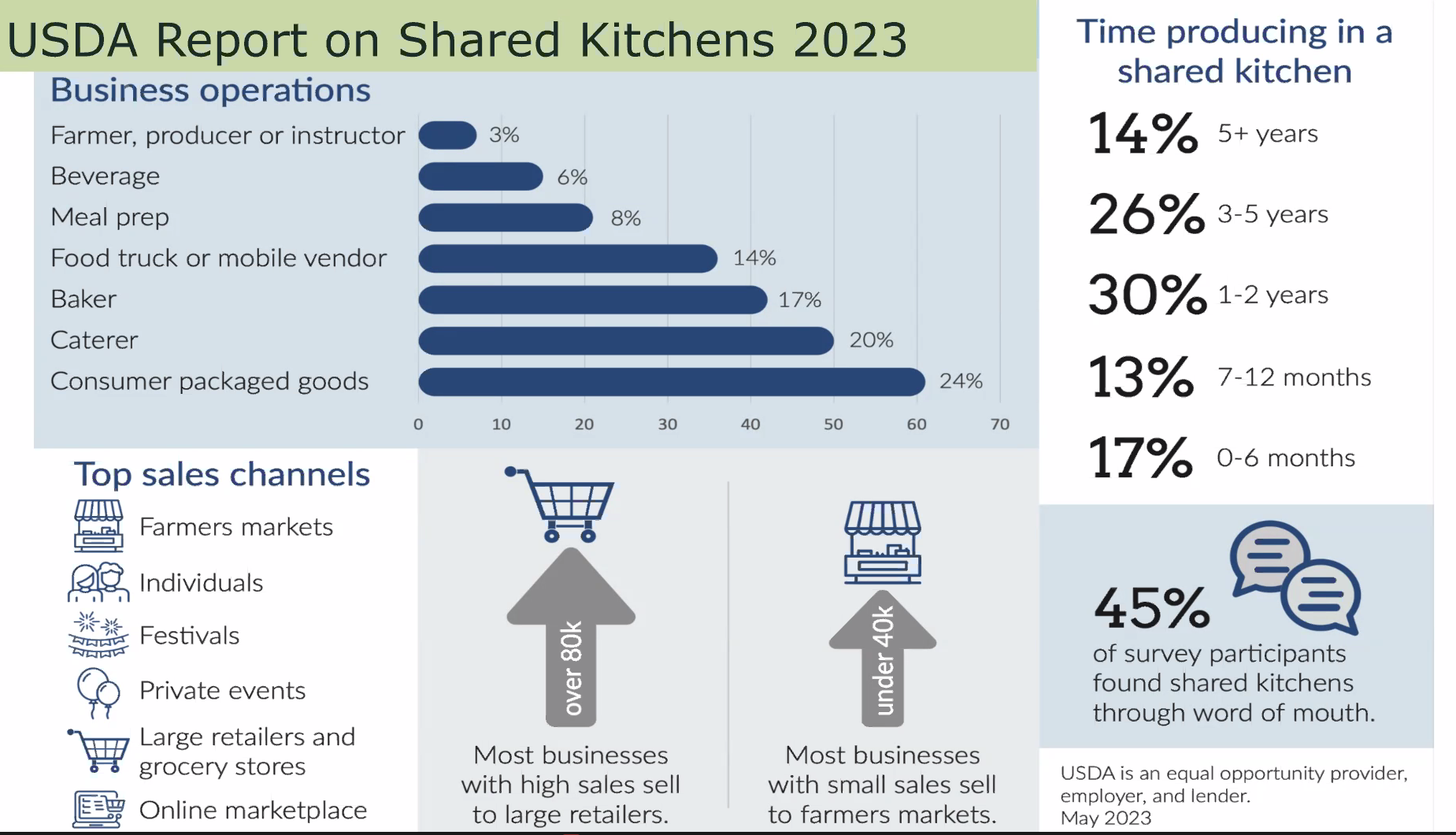
Communities can support this type of agritourism through supporting farmers’ markets, community gardens and kitchens, promoting farm-direct sales, allowing pop-up shops to serve as test-runs for local businesses, and allowing food truck events.
Likewise, tourism can help strengthen both rural economics and provide improved livability. Many rural communities have built successful tourism industries centered around agritourism, educational experiences, entertainment venues, hospitality services like wedding and event venues, sports tourism, festivals and events, and their unique cultural heritage and history.
Rural communities that work together can also better support business communities, boost civic engagement, and bridge gaps and divides. One tactic many smaller communities have used is creating economic clusters where several communities in a region band together to recruit a specific industry or sector.
“An example of a rural cluster is in North Carolina where a number of communities all worked together to recruit a number of boatmakers,” Kobayashi said. “A lot of these businesses moved to the same area of the country, creating a regional cluster. This not only drew people who are looking for boats to come visit but also developed a cluster of people with a specific skillset. There were people being trained in practices about building boats. There are also services surrounding boat manufacturing that now make sense to have in that area. Your town and one small business may not be enough, but working with other small towns to recruit an industry cluster may be a way to put your town on the map and get well-known.”
Having resources for secondary education – especially community and technical colleges, can also help bridge gaps in rural communities, both in terms of upskilling local talents and supporting small business and innovation.
IMPROVING LIVABILITY
Perhaps the biggest challenge for rural communities is providing amenities that are widely perceived as only being present in urban areas. Kobayashi said studies show that residents often would prefer to live in more rural areas, but they are held back from a lack or perceived lack of access to the amenities that may be more widely available in urban centers.
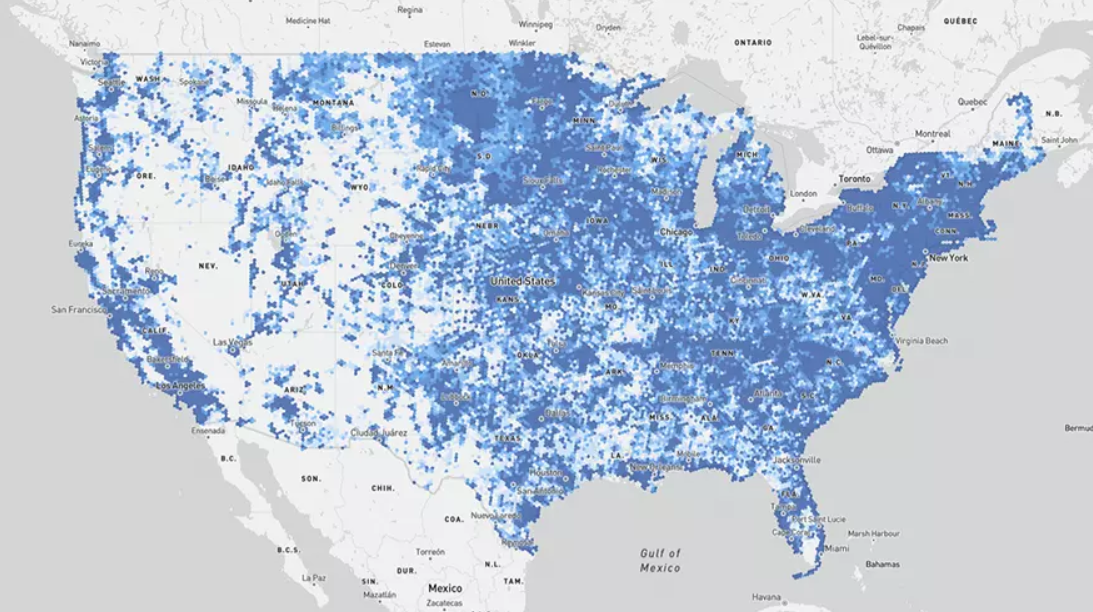
Broadband access is often the biggest factor that determines if a community is “livable” for residents.
“Amenity migration is something that is happening and has been predicted to happen once technology got to a place where people could work from home.” Kobayashi said. “Traditionally, we always lived by where we worked. That has been disentangled now due to technology and the pandemic. People are moving to places where there are amenities. They want places where they can be outdoors, hunt, fish, ride their bikes, and practice photography. They want downtowns where they know people and can go to have a cup of coffee or a drink. They want a sense of community. But they need broadband access to do that.”
Certain amenities can help provide this sense of community such as vibrant downtowns, opportunities for active lifestyles, and outdoor spaces for public events. Rural communities can do a lot to show they provide a healthy economy, diverse employment opportunities, quality government services, and build community trust.
A sense of community connection can also be a major asset for providing livability in rural areas. Kobayashi said residents with a sense of neighborliness but also a sense that their community is equitable and inclusive.

